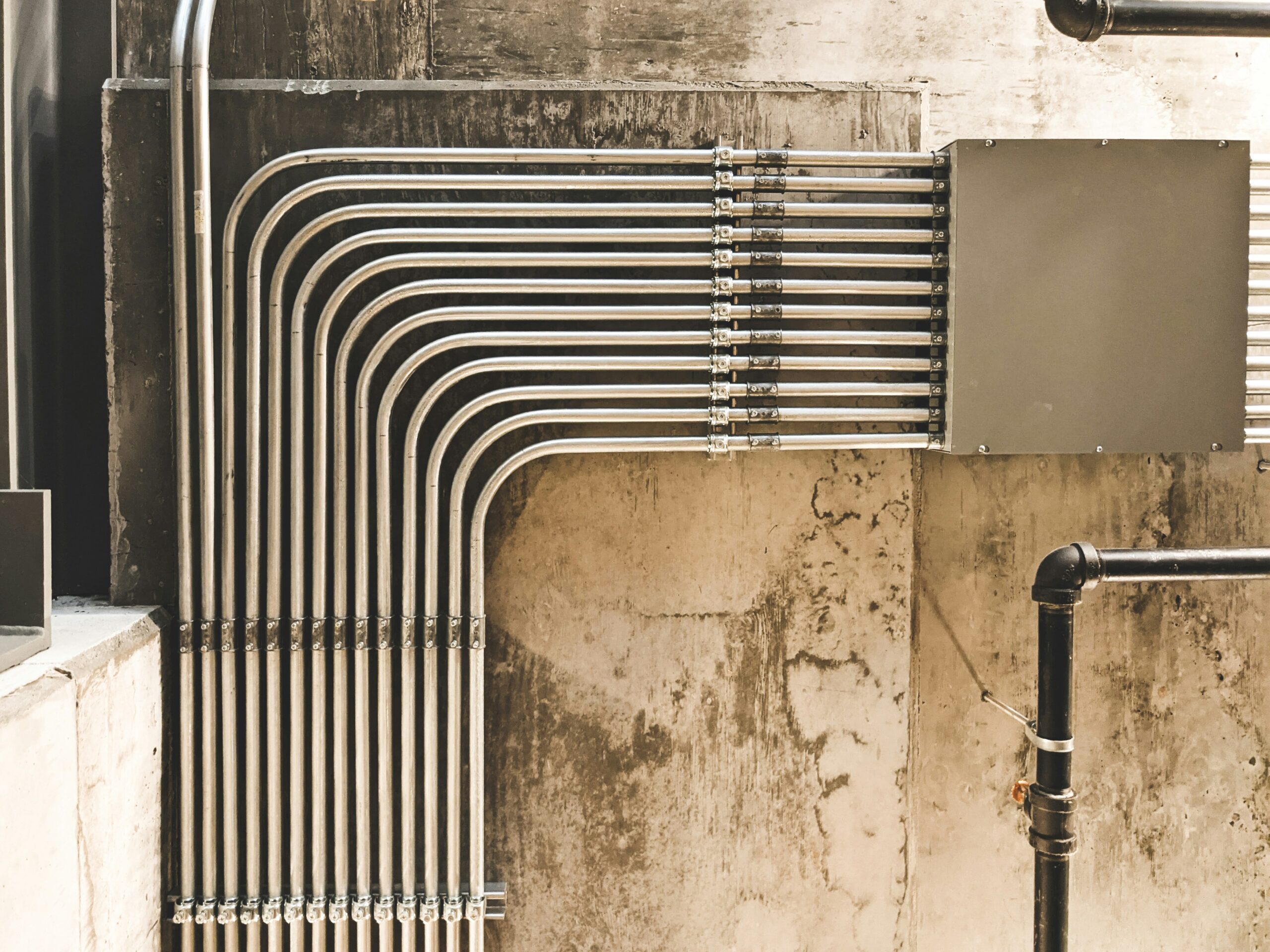In the ever-evolving world of pipeline maintenance, innovation continues to reshape traditional practices. One such groundbreaking technique that is gaining popularity is CIPP technology. This approach allows you to repair and replace pipes that need it while skipping invasive digging practices. CIPP technology offers a wide range of benefits for drainage systems of all kinds.
The Problem with Traditional Pipe Repair
Traditional pipe repair involves digging up the affected area. While this may still be necessary at times, it’s not always required. Digging means disrupting landscapes, driveways, or even entire property sections. In commercial and industrial locations, it can be even more invasive. Consider a storm drain or drainage buried beneath a high-rise or parking garage. Digging is incredibly time-consuming and can be very expensive as well. It’s not just an inconvenience; it’s a major disruption and expense.
Enter the No-Dig Pipe Replacement Solution
Trenchless or no-dig pipeline solutions eliminate the need for extensive excavation. Instead, we use advanced technologies and methodologies to repair or replace pipes. The technology allows us to address pipeline needs without digging. Here’s why it’s a great choice!
Minimal Disruption
The no-dig approach’s most significant advantage is minimal property disruption. Since pipelines can be accessed through an access point or manhole, it simplifies the process. When you don’t need excavation, you cut down on the major headache of digging and all that it brings. It’s quicker, more reliable, and much less disruptive to properties and businesses alike.
Cost-Effective
Traditional pipe replacement involves not only the cost of labor and materials. It also piles on excavation expenses that can add up quickly. Consider equipment, labor, power, and the hours needed to reach the pipelines. Then, you also have to make repairs to the property after the digging. While CIPP is a slightly more expensive material, it costs significantly less when it comes to labor and excavation costs.
Time-Efficient
CIPP and similar technologies are streamlined and simple. The longest part of the process is allowing the materials to cure. Even curing has been sped up with technology like UV lighting. No-dig solutions have the upper hand when you compare the total time to complete the work. When you need something quick and effective, it’s a great choice.
Versatile Applications
Trenchless pipe replacement solutions can be applied to various types of pipes. They can work whether you have a sewer line, water line, gas line, or something else. In addition, they’re versatile enough to work for any pipeline material. It’s a compatible approach, from cast iron to PVC and all the materials in between. CIPP can also be used on pipelines of all sizes and anything over 3 inches in diameter.
How CIPP Technology Works
CIPP stands for “cured-in-place pipe.” To apply, we first do a video inspection. This helps us assess the pipeline and prepare it for repair. Then, we do any necessary preparation, such as flushing out the pipes. The tube-like liner is very thin but hardens as it cures. We insert this liner into the pipe and place it where it is needed.
Then we let it cure. The curing process adheres it to the pipe, effectively sealing it. It also hardens the liner to create a brand-new pipelike structure. The best part is that it is thin yet strong. It will not impede the flow rates of your drainage systems. To ensure this, we only use CIPP on pipes that are 3 inches or larger in diameter.
The Benefits of CIPP Technology
- Minimal disruption times thanks to quick and simple technology
- Cost-effective and long-lasting solution
- Environmentally sustainable approach
- Improved performance and longevity
Count on Advanced Pipe Repair for CIPP Technology Solutions
When you need plausible solutions, you can depend on Advanced Pipe Repair. We make every effort to avoid digging and excavation with modern technology solutions that do work. We can repair and maintain your storm drainage systems to ensure you can leverage those lines for many years. Contact us today, and let’s discuss your next pipeline project!

